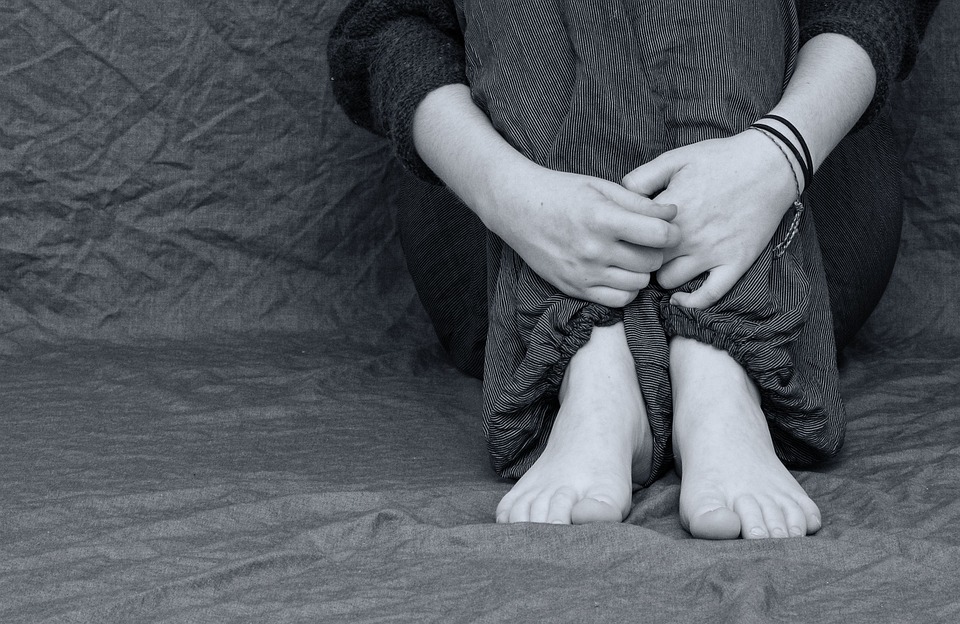Falls, burns and minor cuts are common emergencies that can happen in a workplace. However, are you and your colleagues prepared to respond to such emergencies? If not, this ongoing series article will help you find the right answers you are looking for!
What Is Health and Safety at Work?
I don’t really think that any explanation is required as the meaning of health and safety at work is very obvious. Still, the statement from the WHO committee might help you to understand the concept better.
“Occupational health and safety refers to the promotion and maintenance of the highest degree of physical, mental and social well-being of workers in all occupations; the prevention amongst workers of departures from health caused by their working conditions; the protection of workers in their employment from risks resulting from factors adverse to health; the placing and maintenance of the worker in an occupational environment adapted to his physiological and psychological capabilities; and, to summarize, the adaptation of work to man and of each man to his job.”
According to the Occupational Health and Safety Act, employees are entitled to three fundamental rights:
- The right to know about health and safety matters.
- The right to participate in decisions that could affect their health and safety.
- And the right to refuse work that could affect their health and safety and that of others.
Health and safety at work have specific, definite objectives:
- It seeks to prevent accidents by making people aware of dangerous conditions and by showing them how to follow safe practices.
- It protects the worker from an accident or sudden illness from his or her unwise actions and those of others. However, sometimes misguided efforts to help them may aggravate what otherwise would be a minor injury.
- Ensuring the health and well-being of the workers prevents the employer from being charged with corporate crimes.
Now, let’s take a closer look at how some medical conditions should be handled at work!
Control of Bleeding

On-the job injuries are very common, and accidents can happen during construction, assembly line, or large equipment. However, I don’t want to scare you guys, but remember that sometimes a person can lose so much blood within a minute that he or she may eventually die. For instance, according to the Journal of Workplace Health and Safety, “uncontrolled blood loss is a primary source of preventable death after injury.” Therefore, it is essential that you immediately apply pressure directly over the wound in severe bleeding. It is preferable to place a sterile or clean cloth against the spot where the bleeding occurs, pressing it tightly with your hand.
However, it is more important to stop the bleeding than to use a clean cloth and, if necessary, apply pressure to the wound with your bare hand. If a bare cloth is being used to apply pressure and it becomes saturated with blood, do not, I repeat, do not remove it! Instead, you can place another one on top of it. Because if you remove the saturated cloth, you may disturb the normal clotting process and thus make the bleeding more severe.
Minor Cuts and Scratches
Suppose you got a minor cut at work, no need to alert an ambulance for that. You can follow these simple recommendations:
- Always wash your hands thoroughly with water and soap. I know that’s the most obvious thing to do, but most of us neglect to do it.
- Next is to cleanse the wound carefully using plain soap and boiled water cooled to room temperature or soap and clean running tap water.
- Use a sterile or at least a clean piece of cloth to apply the soap and water.
- Apply a dry sterile dressing or a dressing made from a clean cloth and bandage it into place.
- Be sure to tell the victim to see his or her doctor promptly if soreness develops.
Strains

Strains occur when the muscles are overstretched. Although a strain is uncomfortable, it is not usually serious. There are usually no obvious signs of a strain, but there is only soreness and discomfort when the muscle area is touched or when movement is attempted. However, the application of heat to the injury and bed rest will generally be sufficient.
Does knowing these health and safety issues change something for you? Please share your comments!


